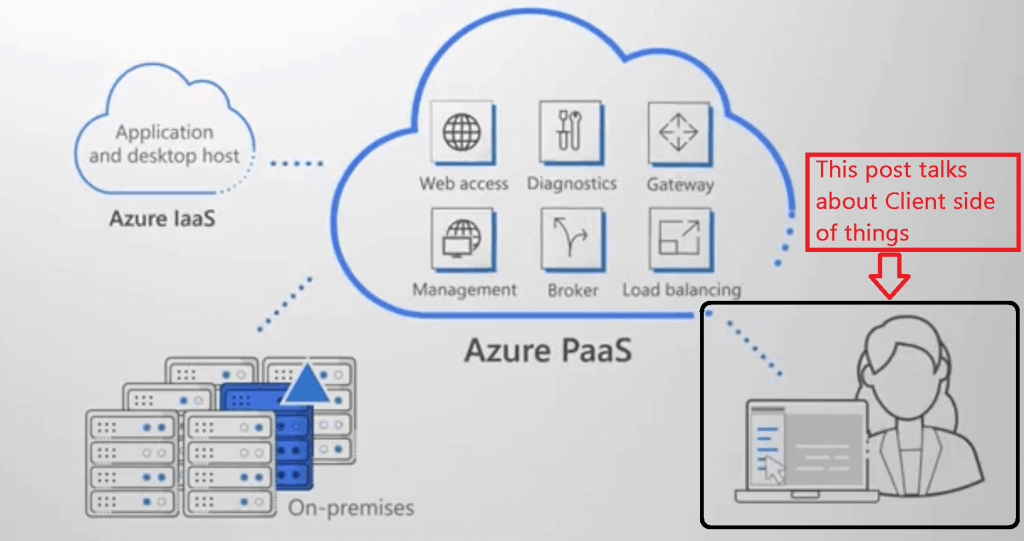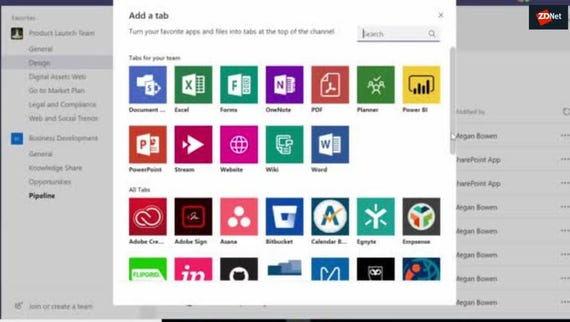- Remote Desktop Client Azure Ad
- Windows Remote Desktop Client Azure
- Microsoft Remote Desktop Client Download
- Microsoft Azure Remote Desktop Client
- Remote Desktop Client Azure
- Azure Windows Virtual Desktop
Important

This content applies to Windows Virtual Desktop with Azure Resource Manager Windows Virtual Desktop objects. If you're using Windows Virtual Desktop (classic) without Azure Resource Manager objects, see this article.
The web client lets you access your Windows Virtual Desktop resources from a web browser without the lengthy installation process.
Note
Azure cloud services are perfect for hosting VM’s and offer ways for businesses to drive IT costs lower. The advantages of VM’s cannot be minimized so creating and accessing them are very important to get up and running as soon as possible as well as gaining access to them with Remote Desktop.If you are getting started with Azure here are instructions to accomplish creation of a VM. Remote Desktop Services questions Can service providers build a cloud-based service on Azure using session-based hosting through Remote Desktop Services (formerly known as Terminal Services)? Windows Virtual Desktop (WVD) is Microsoft's remote desktop solution hosted in Azure. It provides the ability to host remote desktop sessions on Azure virtual machines and has gained significant adoption with the increase in working remotely. Users connect to Windows Virtual Desktop in a variety of ways. In this article, we review the options for connecting to WVD and configuring the client. Azure Remote Desktop Services (RDS) is a VDI solution on Azure, which provides secure access to virtualized applications and desktops. RDS lets end users access their applications and desktops remotely on the cloud, via mobile and desktop devices.
The web client doesn't currently have mobile OS support.
Supported operating systems and browsers
While any HTML5-capable browser should work, we officially support the following operating systems and browsers.
| Browser | Supported OS | Notes |
|---|---|---|
| Microsoft Edge | Windows | |
| Internet Explorer | Windows | Version 11 or later |
| Apple Safari | macOS | |
| Mozilla Firefox | Windows, macOS, Linux | Version 55 or later |
| Google Chrome | Windows, macOS, Linux, Chrome OS |
Access remote resources feed
In a browser, navigate to the Azure Resource Manager-integrated version of the Windows Virtual Desktop web client at https://rdweb.wvd.microsoft.com/arm/webclient and sign in with your user account.

Note
Remote Desktop Client Azure Ad
If you're using Windows Virtual Desktop (classic) without Azure Resource Manager integration, connect to your resources at https://rdweb.wvd.microsoft.com/webclient instead.
If you're using the US Gov portal, use https://rdweb.wvd.azure.us/arm/webclient/index.html.
Note
If you've already signed in with a different Azure Active Directory account than the one you want to use for Windows Virtual Desktop, you should either sign out or use a private browser window.
After signing in, you should now see a list of resources. You can launch resources by selecting them like you would a normal app in the All Resources tab.
Next steps
To learn more about how to use the web client, check out Get started with the Web client.
Windows Remote Desktop Client Azure
Azure cloud services are perfect for hosting VM’s and offer ways for businesses to drive IT costs lower. The advantages of VM’s cannot be minimized so creating and accessing them are very important to get up and running as soon as possible as well as gaining access to them with Remote Desktop. If you are getting started with Azure here are instructions to accomplish creation of a VM and then connect to your virtual environment.
For anyone in need of testing VM’s, Remote Desktop is part of the mix of helpful tools for using Azure hosting services or even developing a virtual footprint.
- Everything begins with accessing the Azure Portal and creating a virtual machine. Once an account is established on Azure, it is then time to lay some foundations with testing over a remote connection.
- Within the dashboard, build a VM by clicking on New from the menu.
- This action will bring you to a choice of operating systems. After clicking your choice, you are then presented with a form where you will name and configure your VM.
- Among the other settings you will choose are type of disk (SSD or HDD), the login credentials, the type of subscription, a resource group type and name, as well as the region where the VM will reside. Be aware that SSD is costlier than HDD if budget is a concern. If this is a test configuration, it may be best to stay with a HDD configuration and put your money into SSD-based VM’s for your high-end server needs.
- The next step in the process is choosing your machine type. There will be several choices based on subscription and your choice of disk types. Once you have chosen the type and the amount of vCPU and memory, you’re ready to move to the next step.
- Networking is the third step, where you will be presented with options to define your virtual network, subnet and other settings. The Auto-Shutdown feature is helpful because up-time is part of you cost in Azure. If the VM is not needed at all times, then this choice can cut costs, especially in a developmental environment. If you choose this setting you can define when the VM will be shutdown.
- Once you complete all these steps, you are presented with a summary at which point you confirm and launch the VM creation process. After the VM build is completed, you are ready to begin working in your Azure environment. Once the VM is running, RDP (Remote Desktop) is now a primary tool to manage your virtual machine.
However, if you first try to use the connect button, you may find that it will be grayed out. In this case, you need to configure a Network Inbound Rule which will allow connectivity to the machine (via the firewall created with the VM). Creating these rules can be very important since you may have a variety of security configurations and concerns. The main idea is to create a rule that you will be able to use for a number of different VM’s. Also, regarding security, consider how many different IP addresses will be allowed to connect to your VM environment. For security purposes, the fewer addresses you allow the better, so plan appropriately.
To access Network Inbound Rules, find Network Security Group in your Azure Portal dashboard. You may well find that applying some basic rules to your future VM’s will be helpful. To complete creating the rule, you will need the port number used by RDP which is 3389. With this inbound rule now defined, you can use RDP to connect to your VM.
When using RDP be aware that there are a number of options available. These can range from local accounts to domain logons. It will be up to you to use Azure’s security to manage what accounts will have access over RDP to your VM’s. Policies can be set in place which allow regular users frequent access via domain accounts over the RDP client. Accounts used for support and management can be placed in a separate policy since these may have administrative access. Other account level access can also be managed through security policies which you can create.
Here are some quick instructions to connect with the RDP client:
Microsoft Remote Desktop Client Download

- From your Azure dashboard, click into Virtual Machines.
- Select a VM to log onto with RDP.
- There will be a connect symbol to click at the top of the VM page.
- Clicking the symbol will trigger the “Connect to Virtual Machine” page from which you choose options and then click to “Download RDP file”.
- Once downloaded, click to open the file and connect (there may be a notice that the file is from unknown publisher but this is not unusual).
- The Windows security page will appear where you will enter login credentials for the local VM or domain account you intend to use.
Microsoft Azure Remote Desktop Client
Note that, unless the VM is a domain controller you will either use a local VM account or a domain user account. This means that if you are using a local account, you will enter the name of your VM as the domain name (vmnameusername). Otherwise, if the VM is a domain member, you will enter the domain name and account (domainusername). In both cases there should be a password for the account being use which you already have. If your VM is a domain controller you must login with the credentials for a domain administrator account. Click “Yes” to verify connectivity and you should be logged onto your VM.

Remote Desktop Client Azure
VM’s are extremely handy tools for creating virtual desktops and servers, so when you begin your Azure experience make sure you understand how to create and access them. Using security best practices will help you manage users accessing the virtual network appropriately while keeping intrusions to a minimum. Because of the nature of the VM’s, RDP becomes an essential way to access them, so managing inbound rules with security groups and appropriately assigning user account security policies is most important. However, you can create and run VM’s very quickly in your environment with little trouble and begin building your virtual network.
Azure Windows Virtual Desktop
To learn more about Azure products, RDP or RDS, contact the cloud experts at RoyalDiscount.com.
